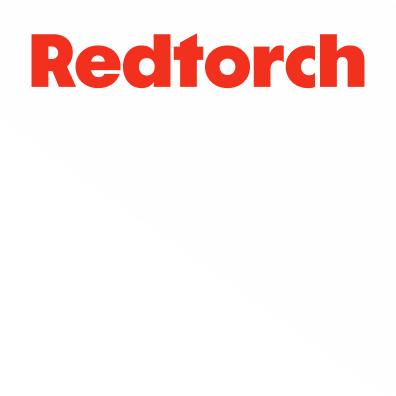Throughout history, one thing that hasn’t diminished is the power of a good story. It’s something creatives have always known: that despite countless technological advances, we remain story-driven creatures.
In the digital space, creative strategies should be fundamentally data-driven. All the elements that make up a great story on your digital platforms – things like images, videos and copy, should be determined in part by the numbers. Insights into data and technology will ensure the what, when and how of your OTT narrative will be tailored to your audience.
Sport provides the perfect opportunities to write narratives that, when delivered effectively, will enthral audiences and boost your commercial revenue.
FROM SOCIAL TO STREAM
Implementing a multi-platform approachis essential. It doesn’t matter if your broadcast is behind a pay wall or if you’re running a freemium model, using other digital channels to complement your OTT platform will greatly enhance your offering.
As mentioned in Part I, social media is an important piece of the OTT puzzle. Together with your OTT platform and website, your social media channels will form the ecosystem that entices and then hooks your audience. A major tool to help you do this is the narrative. Think of social media as a blank canvas, and your sports event as the paint. Selecting the right moments from your event and using the right athletes will ensure your picture is engaging and shareable. If people like the story you tell on social, the greater the chance they’ll follow it onto your OTT platform.
One crucial thing to remember is to make the transition from social to stream as seamless as possible. It’s no good telling the perfect story that hooks your audience, but then lacks the practical features that allows them to finish it on your OTT platform. Don’t forget to include your call to action.
Some creative teams make the mistake of thinking their storytelling can’t be measured. This isn’t the case. Work closely with your data team to learn which posts and story-lines are performing the best for your events – which are generating the most engagement and, ultimately, the most traffic to your OTT platform. Keep in mind what we discussed in Part I – data will allow you to enhance the user experience by continuously optimising your output for your audience.
The quality of a narrative will determine how many people click through from your other digital channels to where your true value lies: the OTT platform. Make sure it’s data-driven.
FINDING THE RIGHT BALANCE
It’s possible to have too much of a good thing. It’s easy to surrender to the high engagement your narrative is receiving on social media and forget about what it’s there for in the first place. Finding the right balance of content is important so you can both attract an audience and ultimately send them where you want them to go – to your OTT platform.
In the time between your events, simultaneously posting on your digital channels and implementing online advertising will get your OTT offering firmly on the radar. This will allow you to reach your organic audience and also new, highly-engaged target audiences using the data insight tools available to you. At event time, publishing key moments on social media can help drive people back to your OTT platform – Part II discusses some of the technology available that helps you do this to great effect – but beware of giving up too much.
But remember, the name of the game is keeping your OTT audience happy. This is especially true if they’re paying for your platform. Rights holders should be wary of diluting the exclusivity of content on your OTT platform with wide-ranging narratives on other digital channels. You have to give people a reason to come over to your platform and stay there.
Good examples to follow are the top rights holders in combat sports. In boxing or mixed martial arts, the narrative is built up months in advance. UFC share on social live interviews, old fights, fighter analysis and mini-documentaries, but never the fight itself or the main highlights of the fight. The event is the end goal for the rights holder – where the real value lies, and the narrative must lead here.
MANY MEDIUMS
Currently, 2.3bn people use smartphones worldwide. These devices show how the new media landscape is now characterised – by limitless access, in-depth interactivity, and the freedom of portability. The number of mediums on which you can tell your story have exploded, the challenge now is to create stories that meet the high demands of the new entertainment consumer who consumes content how, when, and wherever they want it.
How should you tell your narrative? Mediums such as games, virtual reality and instant messaging applications can be used alongside traditional social media platforms to reach your audience in new and exciting ways. REDTORCH recently created a chatbot on Facebook Messenger for the 2017 APP World Tour, alerting the audience to the start of each OTT live broadcast and allowing the team to maintain an engaging competition narrative in between live events.
The world of OTT offers yet another way to marriage the traditional art of storytelling with new data and new technologies. There is more than one way to tell your story in the digital space, so get creative and deliver narratives that will make your OTT platform irresistible to your audience.
If you’d like to learn more about growing and converting audiences for OTT solutions, please get in touch.





